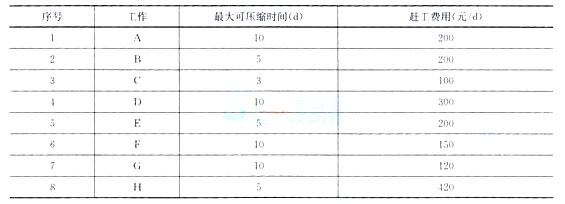Born in 1451, the son of an Italian weaver, Christopher Columbus took to the sea at an early age, making up for his lack of formal education by teaching himself geography, navigation, and Latin. By the 1480s Columbus -- a tall, red-haired, long-faced man with a ruddy complexion, oval eyes, and a prominent nose -- was an experienced seaman. Dazzled by the prospect of Asian riches, he hatched a scheme to reach the Indies (India, China, the East Indies, or Japan) by sailing west. After the courts of Portugal, England, and France showed little interest in his plan, Columbus turned to Spain for backing. He won the support of Ferdinand and Isabella, the Spanish monarchs, and himself raised much of the money needed to finance the voyage. The legend that the queen had to hock the crown jewels is as spurious as the fable that Columbus set out to prove the earth was round. Columbus chartered one seventy-five-foot ship, the Santa Maria, and the Spanish city of Palos supplied two smaller caravels, the Pinta and Nina. From Palos this little squadron, with eighty-seven officers and men, set sail westward for what Columbus thought was Asia. The first leg of the journey went well, thanks to a p trade wind. But then the breeze lagged, the days passed, and the crew began to grumble about their captain’s farfetched plan. To rally flagging morale, he reminded the crew of the dazzling riches awaiting them. Yet skepticism remained rife, and he finally promised that the expedition would mm back if land were not sighted in three days. Early on October 12, 1492, after thirty-three days at sea, a lookout on the Santa Maria yelled "Tierra ! Tierra ! [ Land ! Land ! ]" It was an island in the Bahamas that Columbus named San Salvador (Blessed Savior). According to Columbus’s own reckoning he was near the Indies, so he called the island people los Indios. He described the Indians as naked people, "very well made, of very handsome bodies and very good faces." The Arawak Indians paddled out in dugout logs, which they called canoes, and offered gifts to the strangers. Their warm generosity and docile temperament led Columbus to write in his journal that "they invite you to share anything that they possess, and show as much love as if their hearts went with it." Yet he added that "with fifty men they could all be subjugated and compelled to do anything one wishes."





